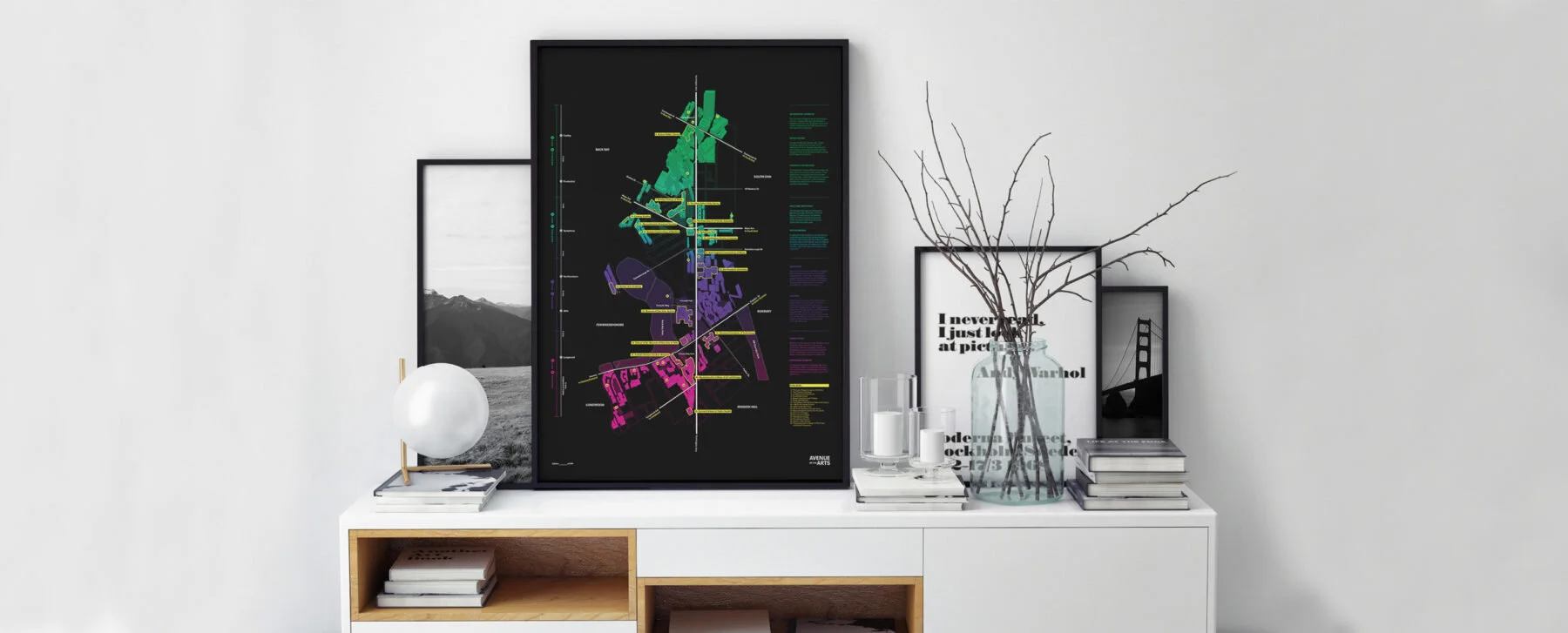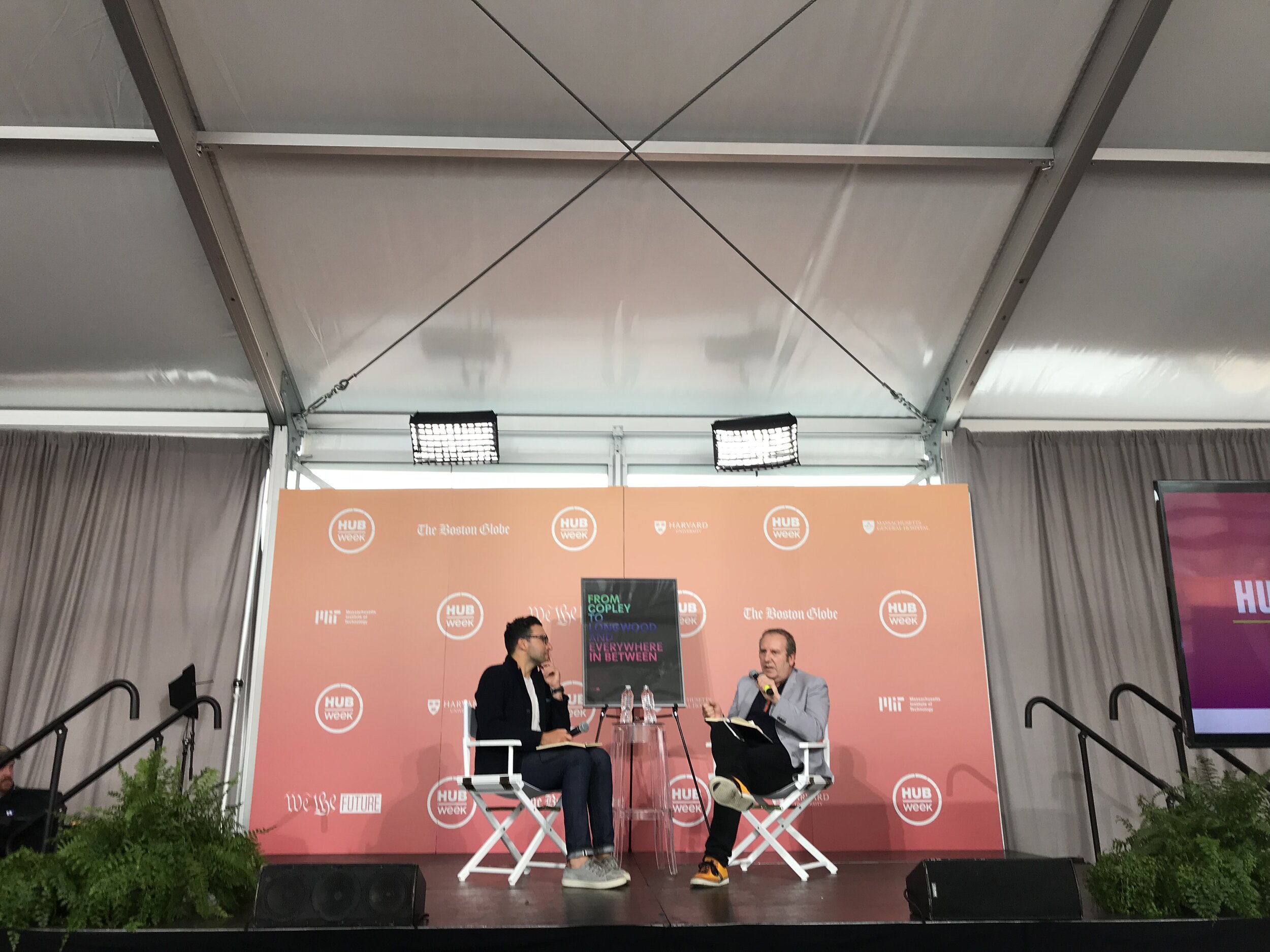Avenue of the Arts: asset-based plan for reimagining a cultural corridor
Some of the world’s most recognized cultural institutions and public spaces grace the Fenway District in Boston. But as development pressures mounted in the district, a civic coalition sought a comprehensive development strategy to ensure that arts and culture remain central to the spirit of the place.
An asset map of a cultural district in Boston became a central organizing idea for an ongoing, broad-based planning effort.
In partnership with London-based cultural consultancy Futurecity and a team of designers at Sasaki, I led an effort to inventory and visualize the Fenway’s impressive cultural assets—a way to render the district legible to developers, policymakers, and institutional stakeholders. Through a series of charrettes, I hypothesized that visitors don’t experience the district as a single, homogenous entity. Rather, people inhabit distinct “zones,” loosely connected by the spine of Huntington Avenue. The map uses a dramatic color palette to identify these zones, held together by a bisecting central avenue that creates an instantly-recognizable icon for the district. Along the map’s margins, vignettes cue readers to transit connections, cultural attractions, and hidden wonders.
I discussed the mapping and planning project with Futurecity founder Mark Davy at HUBWeek, Boston’s citywide festival of ideas.
Although the map was intended as a document for a relatively small stakeholder audience, it quickly became a public document. It was unveiled at HUB Week, Boston’s annual festival of ideas, won graphic design awards, and entered the permanent collection of the Boston Public Library’s Leventhal Map Center.



